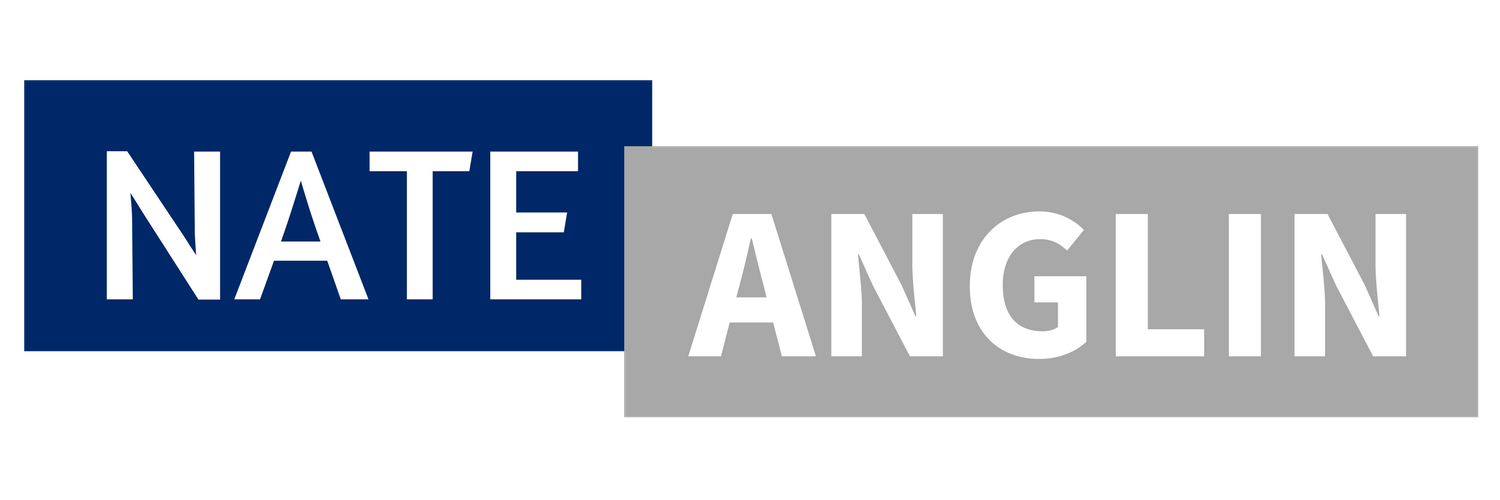This One Habit Is Killing The Modern Office Worker
It started when I was in third grade when I feel out of my chair.
Thump! I hit the floor with force. Dozens of eyeballs peeking over at me, giggling and pointing.
I hate being the center of attention, but I also have an insatiable defense against embarrassment — a weird dichotomy, I know.
My father, who served as an infantry Marine in the Vietnam War, is who I can blame.
With an incredible sense of humor and a unique skill to royally not give a fuck, he was my teacher.
My ADD is what landed me on the floor.
As the decades have passed, my ADD has become progressively worse if I don't focus on controlling it, thanks to modern technology.
The distractions are endless. They're pervasive on every device, in every room, and in all situations.
It's difficult to escape them. The distraction is endless.
Today's distraction is called continuous partial attention, which has a detrimental impact on our health.
A study claims that up to 80 percent of office workers suffer from continuous partial attention.
Even percentages are always wrong, but from my experience, and witnessing my team in action, this one is underestimated.
I'd say it's more like, 98.89% of the average office worker.
Whatever the number is, it's a big problem.
We scan our email, reply to one or two of them, take a note, check social media, get alerts on our phone, read a text message, respond to a team member in Google Hangouts, look at the comments in our project management software, and we repeat this cycle, over and over.
When we're distracted like this, our breathing becomes erratic and shallow.
It's estimated that some times, office workers don't breathe for 30-seconds, or longer when they're in a continuous partial attention mode.
Thirty-seconds!
Even worse, we mouth breathe, which has detrimental effects on our health.
Being a mouth breather can increase anxiety, ADD, illness, among a host of other issues.
When you compound our daily partial attention, poor breathing habits, and bad posture, we're setting ourselves up for illness.
The problem is so severe that The National Institutes of Health has assigned two doctors to study its effects over the past decades.
One of the doctors assigned to the study, Dr. Chesney, calls it "email apnea," which can lead to the same issues like sleep apnea.
With some intentional practice, we can learn to focus on our top priorities and breathe while doing it.
Avoid the drag of low-level priorities and give attention to what matters the most.
We all get caught in the swarm of email. We react to what our inbox brings.
Reacting, all day, every day, to the stimulus of email, is detrimental to our focus.
I'm sure there are important messages that enter your email, but it's safe to say that it's only 1% of your emails. It's likely not even 1%.
I'm also confident that someone would call or text message you if it was about an urgent topic.
Now that the assumptions are out of the way, you have to set boundaries to avoid continuous partial attention.
Here's what works for me:
Time block your essential priorities and email (or anything else you do routinely). Schedule four 90-minutes focus blocks and three to four email/message blocks on your calendar every day.
Get clear on your most important priorities. Always have three to five top priorities for the day, which are connected to your weekly priorities and quarterly objectives and key results (OKRs).
Focus on one priority in a forty-minute (this can be slightly less or more) focus session. You'll schedule this time during one of your time-blocks.
I use a pomodoro timer to help me stay focused on the current task. It's my ADD accountability buddy.
As you're executing on the task, focus on great posture, and take slow and steady breaths through your nose.
After your focus session, jump up and take a five-minute break. Get up, move around, and continue to breathe.
Don't let continuous partial attention sabotage your health or the progress on your most important priorities.









